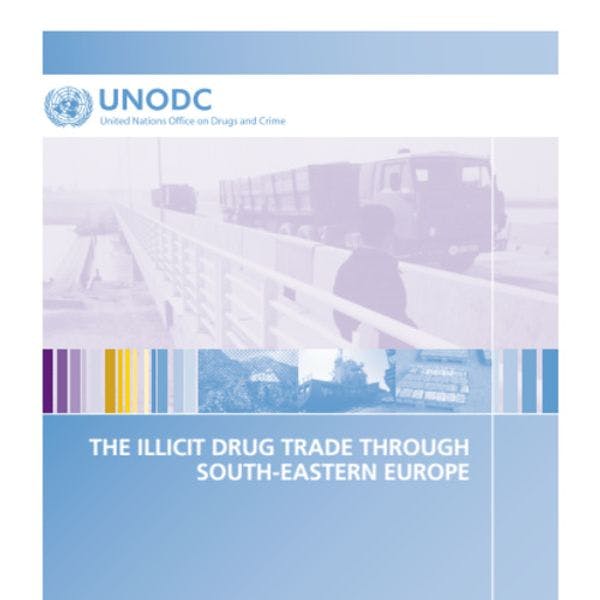The illicit drug trade through South Eastern Europe
South-Eastern Europe has long served as a corridor for several drug-trafficking routes to Western and Central Europe. Owing to its geographical position between Afghanistan, the world’s most important opiate-producing country, and the large and lucrative markets for opiates in Western and Central Europe, South-Eastern Europe is a crucial stage on one of the world’s most important heroin trafficking routes, the “Balkan route”.
Diverse drug flows come from multiple directions. Externally, cocaine arrives from South America. Internally, South-Eastern Europe produces relatively large amounts of cannabis, most notably in Albania, and the region also has a recent history of producing and trafficking amphetamine-type-stimulants (ATS). Of all these drug flows, however, only heroin flows can be considered strategically significant to consumption markets in Western and Central Europe.
This report shows how South-Eastern Europe countries serve as a corridor for several drug-trafficking routes to Western and Central Europe.
Keep up-to-date with drug policy developments by subscribing to the IDPC Monthly Alert.
Downloads
Regions
Related Profiles
- United Nations Office on Drugs and Crime (UNODC)
